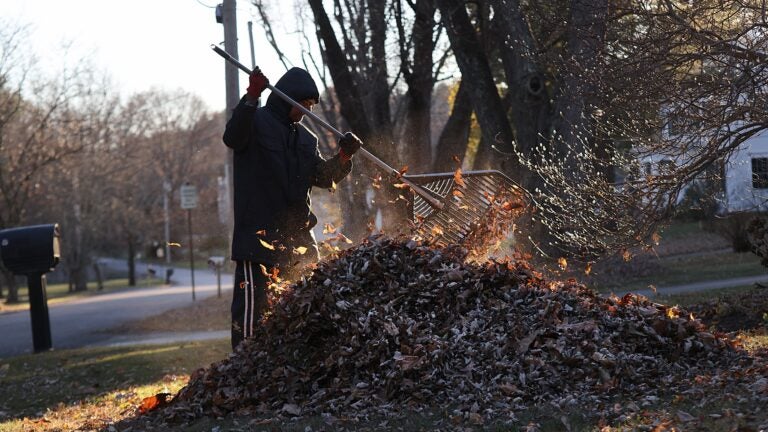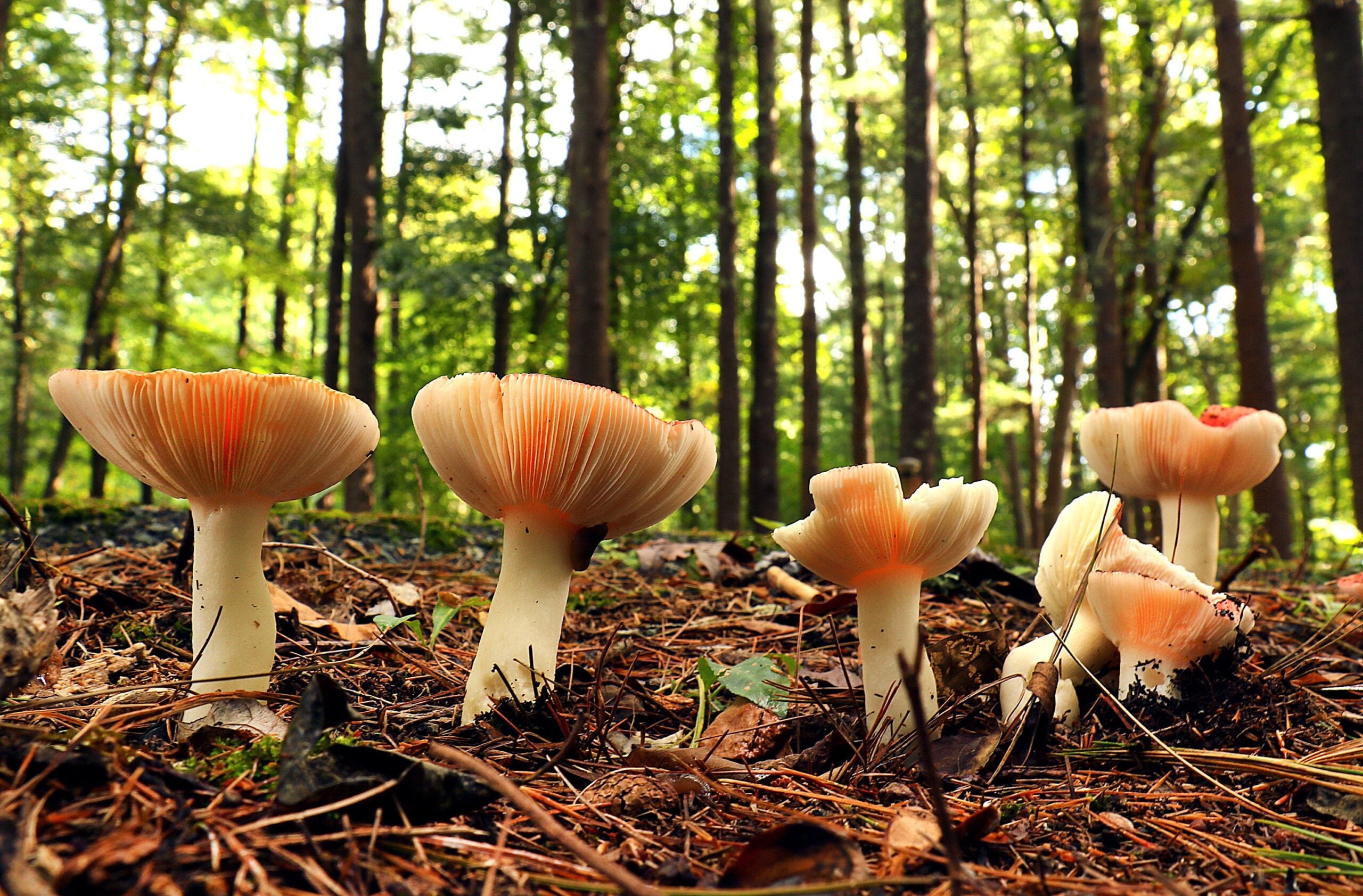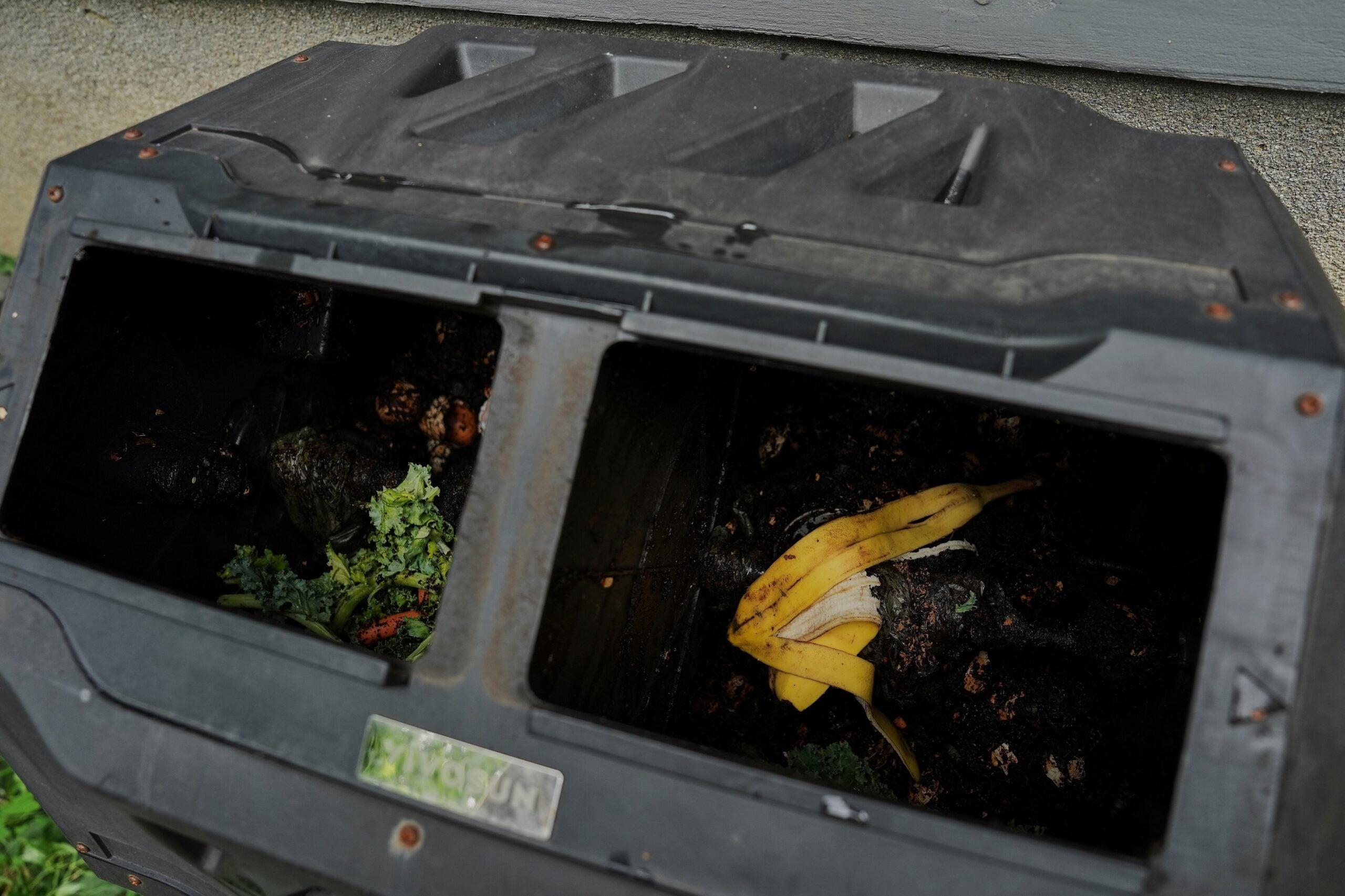Gardening
I have decided to dedicate a second column to the concept of “Leaving the Leaves” in your yard this fall.

Your responses and questions to my last column fluttered into my inbox like oak leaves after a storm. Rather than taking my own advice and letting them lie unanswered in the proverbial email bed, I have decided to dedicate a second column to addressing your valid concerns and queries regarding “Leaving the Leaves.”
Overall, it seems the message was well received, save for one reader who took me to task for not advocating hard enough for the banning of leaf blowers and related landscape machinery. Indeed, running a gas blower for one hour emits the same amount of air pollution as driving a car for 15 hours! The humble rake remains the most efficient and environmentally friendly option. Yet, for those unable or unwilling to rake for long hours, battery-powered alternatives are available, offering near-equivalent power and function at a fraction of the noise and air pollution. Of course, the making of batteries is an extractive activity, and a valid rebuttal. Still, I would far prefer to hear the gentle whine of an eBlower over the shriek of a gas-powered one.
Back to leaves in the garden and your questions and concerns.

Despite being an evergreen, white pines annually shed their older needles ahead of the spring season when new bundles of needles are produced. A reader from Amherst asked what to do with all those needles.
Q. I just read your article in the Globe about letting leaves stay in your garden, and I basically do agree and pretty much do that. I have about an acre within a lot of trees.
On each side border of my property, I have a large number of old white pines which drop lots of needles. I use the needles to make paths … But is it OK to leave them in the flower beds?. In particular, in a bed of hellebores?
Ellen, Amherst
A. Pine needles can be treated similarly to the fallen foliage from deciduous trees. I applaud the reader for their creative use of pathway material and can assure them that leaving it in the beds is fine. To further consider, pine needles are naturally acidic, and plants that thrive in acidic conditions will often favor a layer of pine needles. That’s excellent news for blueberry growers, but not so good for the cultivation of vegetables. Avoid using pine needles as mulch in the home veggie garden. As a bonus, pine needles also settle and knit together over time, which helps keep them in place on windy days.
Several readers wrote in about wind and the headaches it causes when the leaves don’t stay in the planting beds.
Q. A caution: You didn’t mention the wind.
The year we followed this type of advice, we loaded up our vegetable and perennial beds with as many fallen leaves as we could. During the winter and spring, the wind blew leaves around the driveway and collected them by the backdoor steps nonstop. The wet leaves became a fall hazard [and] difficult to keep up with.
We resorted to keeping some in the beds and mulching the rest with the lawnmower.
Jo, Peabody
A. The pragmatic approach taken by the reader is spot on. Keeping the leaves where they land, when possible, is the best strategy, and if you are better served to mulch the rest with a mower, that’s OK, too. We want to avoid cleaning out the leaves, mulching them, and putting them back into the beds. The research shows this is as detrimental as removing the leaves entirely.
Related to this is a larger issue that I wish to address: Some gardeners can keep all of their leaves on site, whether in planting beds or raked into them. Others have small gardens that are blessed with large mature trees — an apparent mismatch for the sheer quantity of leaves produced and the size of their gardens. For those with an abundance of leaves, keep as many as you can in your beds, but not piled too thickly. Your perennials may struggle to push through a heavy layer. So many readers have commented that they already make efforts to keep their leaves on site. You are taking an ecologically sensitive approach and should be commended for those actions.

Finally, a reader reminds us that leaves serve yet another purpose in our gardens aside from habitat and free mulch.
Q. I enjoyed your recent Boston Globe article on our human habit of wasting leaf matter. One item you did not mention is the need for this carbon-containing commodity in home composting. I keep two composters for our household food waste, and need to combine leaf material for a good product to spread on my beds in the spring. In the summer, I usually run out of my stored leaves and scrounge from the leaf mass under various bushes on the property. Now is the time my composters are brimming with leaves, and I am happy.
Jack, Burlington
A. Shredded leaves are an excellent source of carbon to balance with your fresher ingredients when making compost — just please gather those leaves from your driveway, lawn, or pathways! Creating a leaf compost pile with extra leaves is also a great way to conserve this valuable resource in your garden and enjoy the benefits of nature’s nutrient recycling.
In summary, there are numerous ways to utilize your leaves for a healthier, more vibrant garden, and I am heartened to learn that many readers are already embracing this approach. As I said previously, leaves are a gift from the trees. It is up to us to make intentional use of them to benefit both wildlife and humans.
Ulrich Lorimer is the director of horticulture at the Native Plant Trust in Framingham. Send your gardening questions, along with your name/initials and hometown, to [email protected] for possible publication. Some questions are edited for clarity.
Address Newsletter
Our weekly digest on buying, selling, and design, with expert advice and insider neighborhood knowledge.



